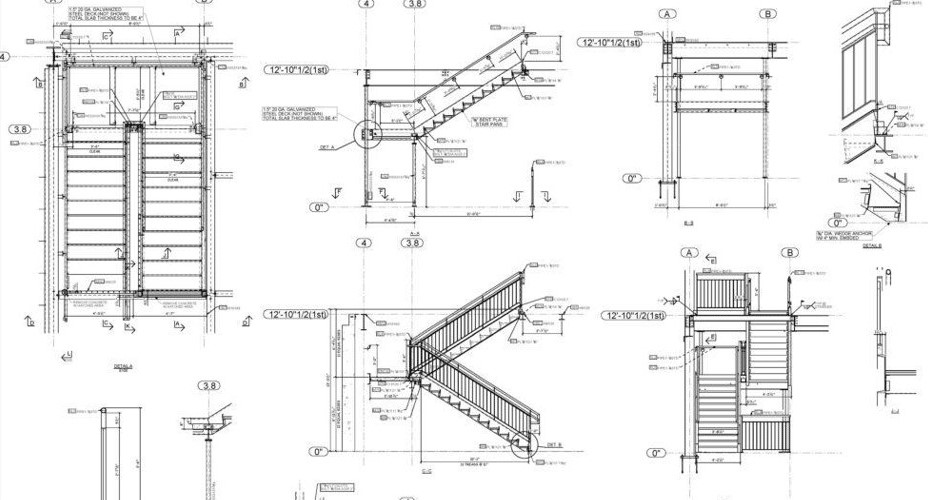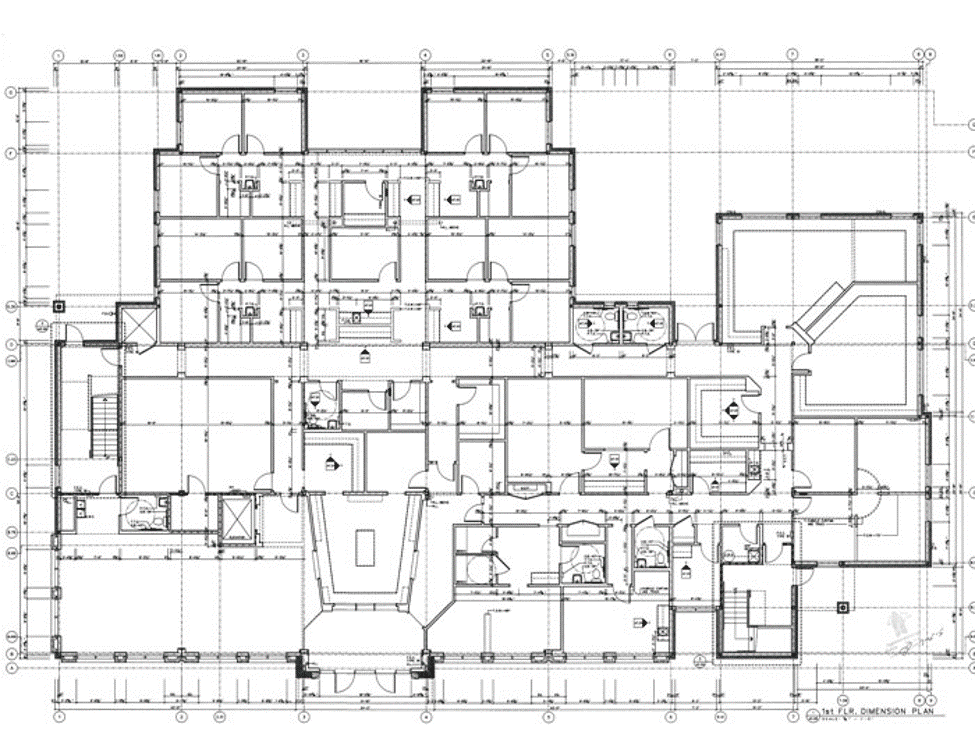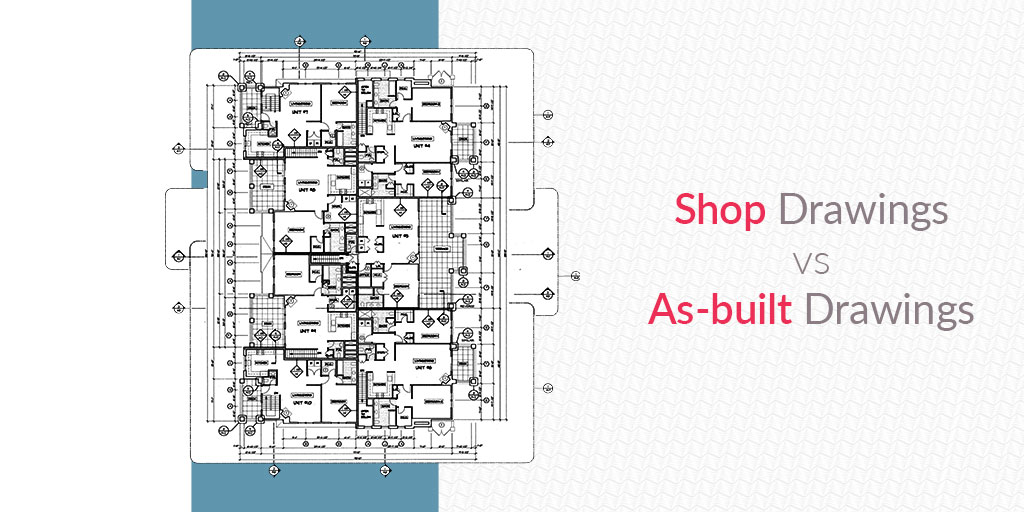Back to the Basics: Shop Drawings and As-Built Drawings
If you belong to the AEC industry, you must have heard about Shop Drawings and As-built drawings. The designing stage of any construction project is essential for its satisfactory execution. Every type of construction drawing has its own purpose and a set of features.
Construction drawings offer a peek into the different stages of the construction of a project. Starting from the foundation drawings to models, every type of construction is important to understand.
Let’s understand the basics and the difference between shop drawings and as-built drawings.

What are Shop Drawings?
Every building comprises a set of components. All of these components have distinct specifications and measurements.
Shop drawings are the detailed versions of these components and help identify how they will fit into the building structure.
More importantly, the shop drawings are made before the start of a construction project.
- Personify the true imagery of the construction project.
- These drawings need the consent and approval of the construction team
- Needed for coordination within the construction team.
- Once approved, the shop drawings are referred to the most number of times while the construction of the project is underway.
This means that the contractors, builders, workers, and supervisors will have the details of all the components beforehand.
They are like the original version of the building design and how it has been imagined by the contractors or the subcontractors.
However, there is a thin line difference between the construction drawings and shop drawings.
Where the shop drawings depict the original design of the building, the construction drawings are modified from time to time.
They include the revisions a building has undergone whilst the construction process is underway.
The shop drawings are not limited to the outer structure of the building. They include all the MEP components, fabrication and other types of detailing. Even the doors and window installation schematics come under the purview of shop drawings.
Added to this, the shop drawings are also helpful in identifying what kind of materials will be needed for the construction process. And once your shop drawings are ready, you won’t have to waste time and resources on explaining the whole process to your team.
These drawings are self-explanatory and the contractors will understand the dimensions, materials to be used, timelines, installation process and everything else.
So, it is essential that your shop drawings must be ready before the beginning of the construction process.
Related blog: 4 Tips & Techniques to Create Accurate Shop Drawings with Revit

What are As-built Drawings?
As-Built drawings are made after the building has been constructed. They depict how the building has been constructed on paper.
It can be said that the as-built drawings are needed to compare what was originally planned and what has been made in the end.
The difference between pre-and post-development is recognized by as-built drawings. These drawings are also constructed by the contractors and subcontractors as they are responsible for the development of a project.
- Issued to the client after the project is complete
- Includes everything from the structure to the installations and their details.
- Important from the perspective of the client and allows them to analyze the end product.
There are a lot of benefits to making the as-built drawings. They help in the installation of the emergency shop drawings services in a building.
Apart from this, the as-built drawings are essential for conducting any repair or refurbishment works in the building.
After the building has been constructed, the As-Built drawings can be referenced as shop drawings as they have in-depth information about the whole structure.
It becomes easier to develop contingency plans and demarcate the emergency exit routes and peripherals for future reference.
We Can Help You Create Both!
Shop Drawings vs As-Built Drawings
Well, both types of drawings are made by subcontractors and contractors. So, there is no difference in this aspect.
The as-built drawings are made after the completion of the project. And the shop drawings are made before a construction project starts.
As-built drawings can be made for the whole building as well as for specific components. But the shop drawings are only made for the different components of a building.
Both types of drawings are not a part of the contract documents. They can be or cannot be included in the contract. So, it is not essential to always add these drawings to the submission documents.
Only the shop drawings can be changed as they are yet in the pre-development stage. The as-built drawings, on the other hand, cannot be changed as the building has already been constructed. However, they can be changed during the renovation works.
Well, both types of drawings are made for all kinds of projects. But the as-built drawings are particularly more important commercial and high-scale projects.
